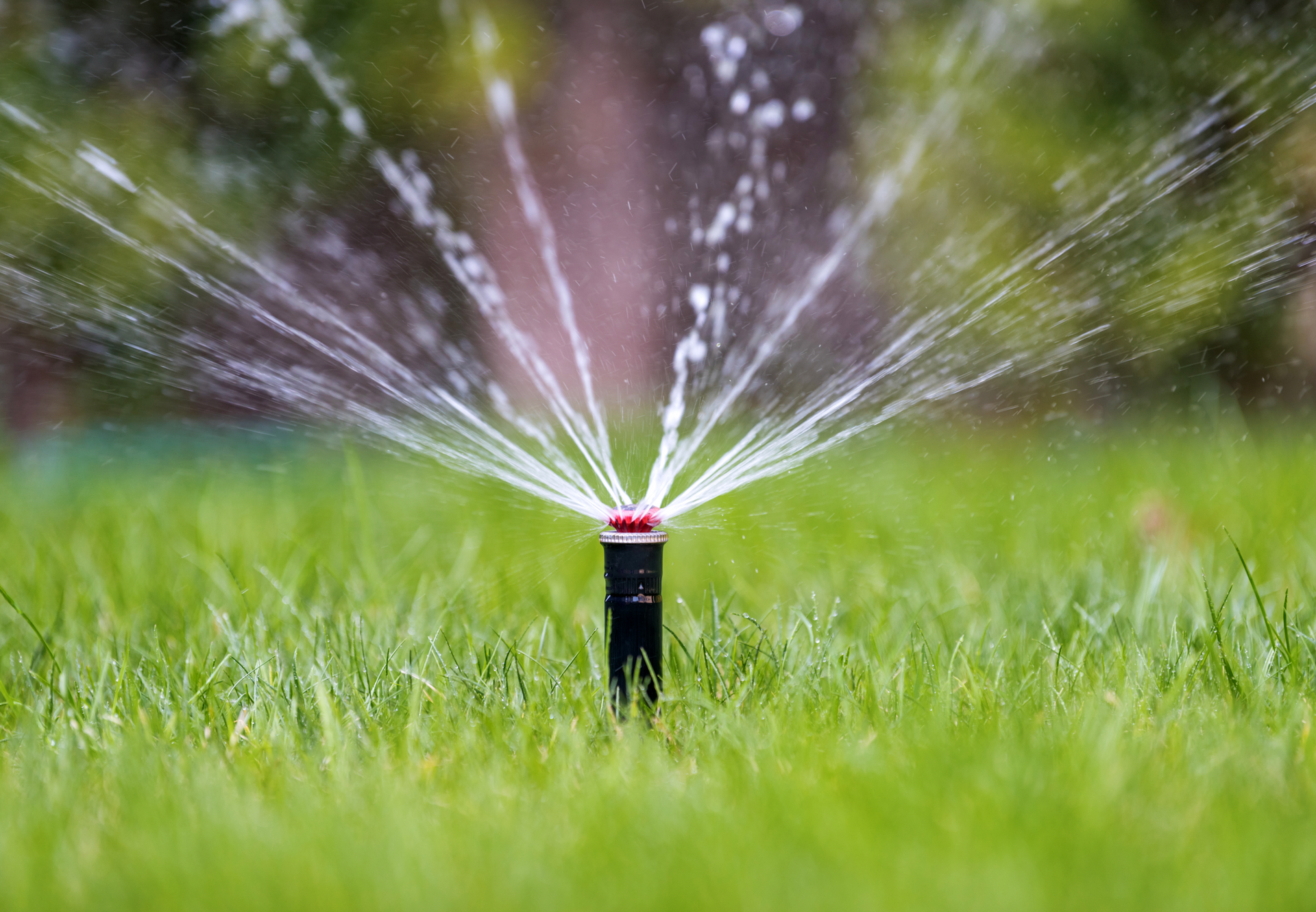
Article
Say Goodbye to Water Woes: Using Lawn Sump Pumps to Tackle Drainage Issues
Every homeowner dreams of a lush, green lawn as the centerpiece of their property. However, achieving this can sometimes be a challenge, especially if you're dealing with persistent waterlogged areas that turn your beautiful yard into a soggy mess. Standing water can not only ruin the appeal of your outdoor space but also poses a health risk by creating a breeding ground for mosquitoes. So, how do you combat this? Enter the solution: lawn sump pumps.
Understanding Lawn Sump Pumps
A lawn sump pump is a specialized solution for properties plagued by poor drainage. Similar to basement sump pumps, these devices are designed to remove excess water, but they're optimized for outdoor use. They collect and redirect water away from low areas, keeping your lawn properly drained, even during heavy rains.
When Do You Need a Lawn Sump Pump?
The need for a sump pump in your lawn arises when you notice recurring puddles or overly saturated soil. This is common in yards with poor natural drainage, compacted soil, or those in low-lying areas. These water issues can be more than just an eyesore; they can harm plant roots, disrupt your landscape, and even affect the foundation of nearby structures.
How Lawn Sump Pumps Work
The process is straightforward yet highly effective. A pit or a trench is dug in the lowest part of the yard, where water tends to collect. The sump pump is placed in or near this pit, with pipes leading the water away from the problem area to a suitable discharge location, such as a storm drain or a designated runoff area.
When the pit fills with water, the pump activates, pulling the water up and out through the piping system. This operation requires electricity, so it's important to ensure the pump is connected to a reliable power source.
The Installation Process
Proper installation of a lawn sump pump is crucial to its success and efficiency.
It involves:
- Identifying the lowest point in your yard or the area with the most drainage issues.
- Excavating a sump – a pit designed to collect water.
- Installing the pump securely, ensuring electrical connections are safe and waterproof.
- Laying out the piping from the pump to the designated discharge area, making sure it's buried or secured to prevent tripping hazards or damage.
- Testing the system to ensure it operates as expected.
Because installation can be complex, involving both plumbing and electrical work, it’s often best handled by professionals. They can assess your yard's specific needs and ensure the system is set up for maximum efficiency.
Maintaining Your Lawn Sump Pump
Maintenance is generally minimal but necessary to keep the system functional. It involves checking the pump regularly, especially during rainy seasons, clearing any blockages, and ensuring the system is free of debris. During dry periods, it's advisable to run the pump every so often to keep the components moving and identify any potential issues.
Conclusion
A lawn sump pump can be a game-changer for homeowners who want to reclaim their soggy lawn and transform it into a beautiful, usable space. It's a proactive solution that not only enhances the aesthetic appeal of your property but also contributes to a healthier landscape and a more enjoyable outdoor environment. Remember, for the most efficient outcome, consider consulting with a professional service that can provide a tailored approach, precise installation, and invaluable advice on maintaining your lawn sump pump system. With the right setup, you can look forward to years of reliable drainage and the peace of mind that comes with it.

If you have any questions about landscape lighting, or if you would like to schedule a free consultation, please don't hesitate to contact us. We would be happy to help you create a lighting plan that is both beautiful and functional.
Allscape Services
(815) 271-5523
share this
Related Articles
Related Articles







